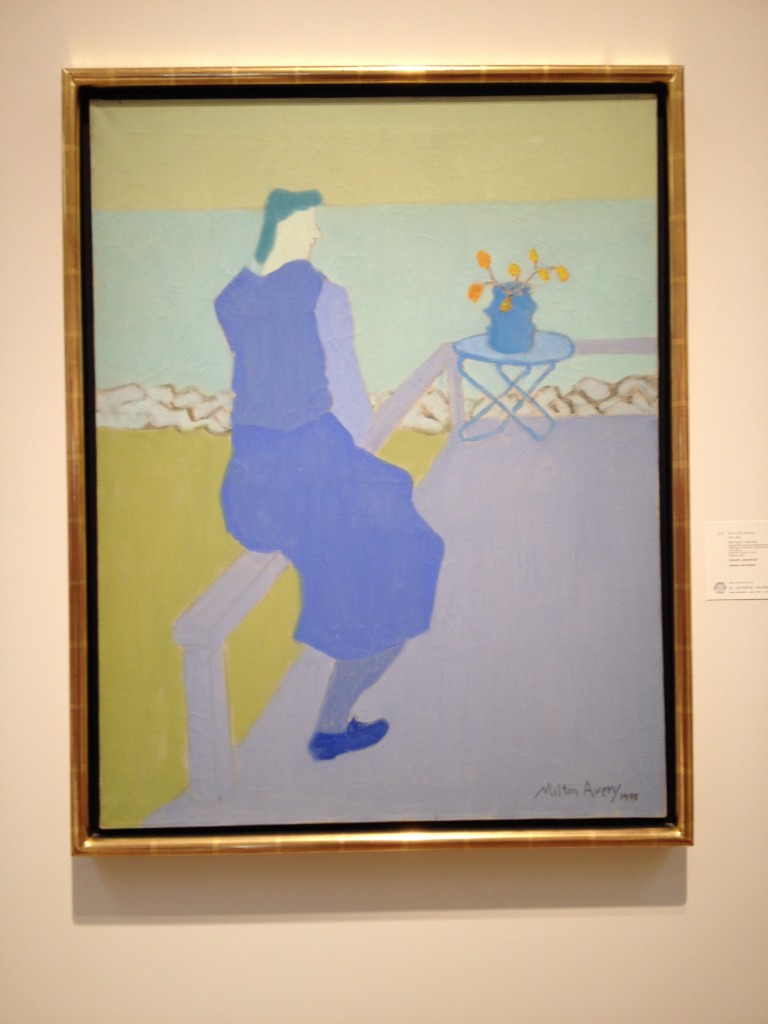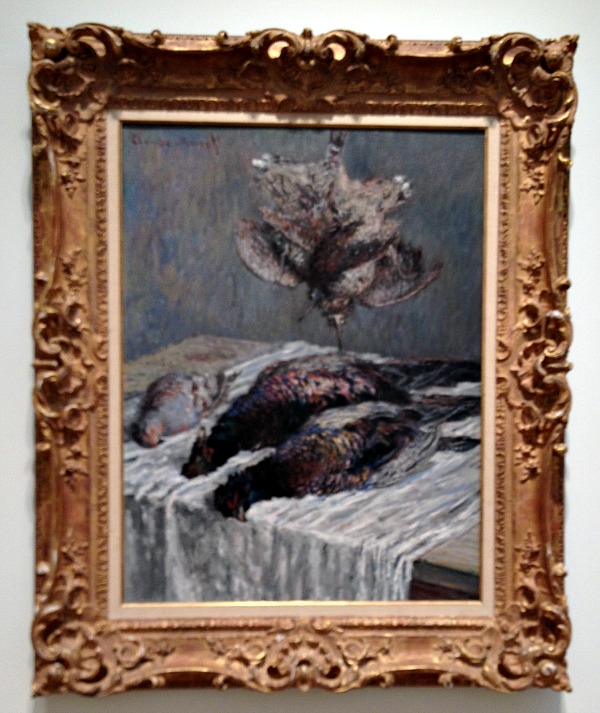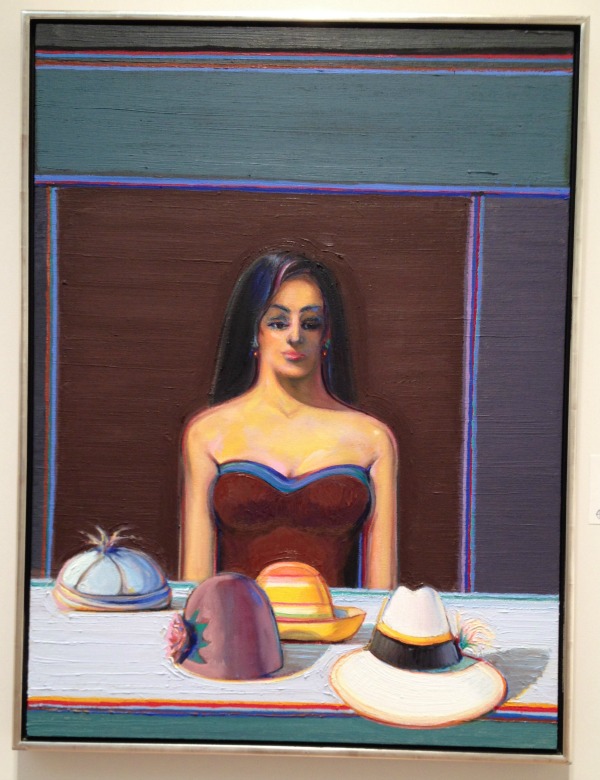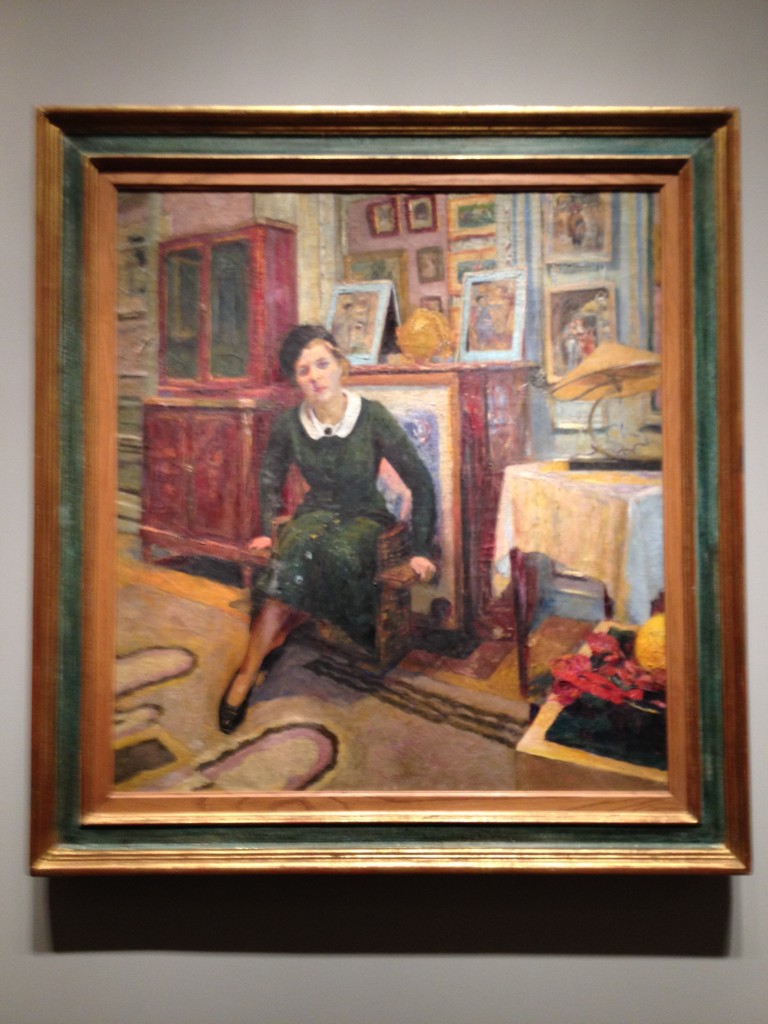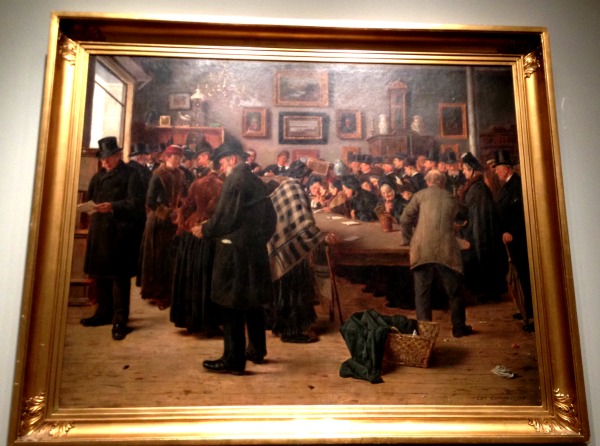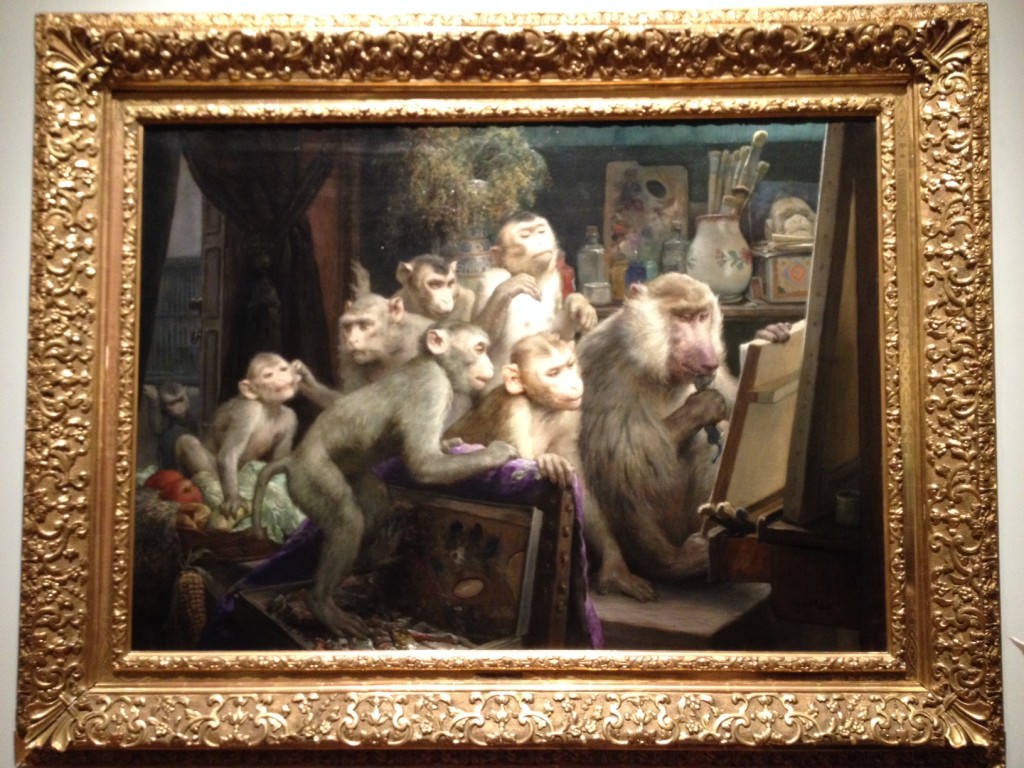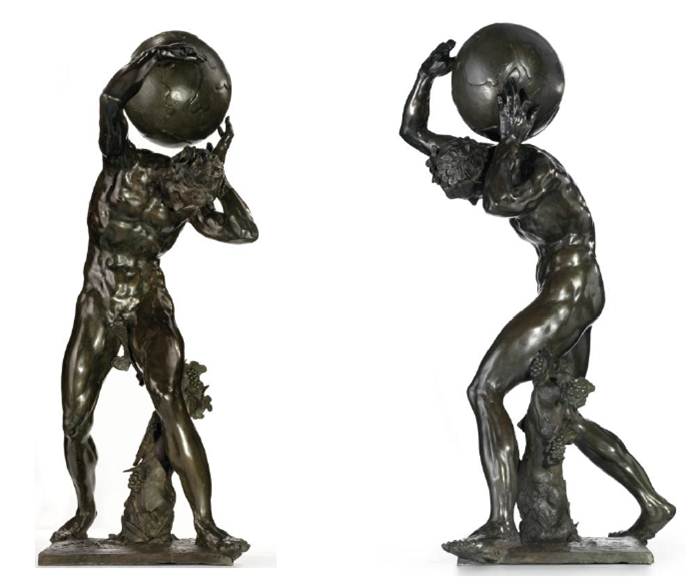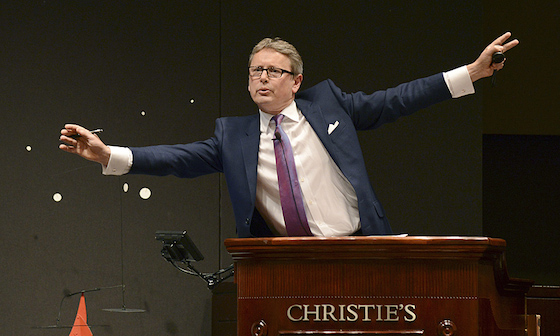 I spent several days in September–and even in late August–reporting an article that appeared as the cover of The New York Times‘s Fine Arts & Exhibitions section, which is officially in the Sunday, Nov. 1 paper. It’s called Anatomy of an Auction, and it has been online already since mid-week last week.
I spent several days in September–and even in late August–reporting an article that appeared as the cover of The New York Times‘s Fine Arts & Exhibitions section, which is officially in the Sunday, Nov. 1 paper. It’s called Anatomy of an Auction, and it has been online already since mid-week last week.
The article should clear up any misconceptions that you may have about guarantees, and it also explains how the auction house get consignments (sometimes “to order”) and then work their clients to get them to buy what’s on offer. Many people think this is nefarious–I don’t think it’s any different from what art dealers do–or, for that matter, what many other businesses do.
That’s Jussi Pylkannen, Christie’s star auctioneer and global president, at left.
I had many “outtakes” from my reporting about the mechanics of an auction, a few of which I will post here now. I won’t be in the New York City to watch the big sales. I’m traveling, more about which I will tell you when I return.
- Many collectors, priced out of the market or uninterested in what on the block at times. still attend–like Martin Margulies, whom I quote in the story. They go to network, and then, as he said: “I leave after lot 30. Then I see the prices the next day. I don’t need to stay and sit there through something so boring in a room that gets hot. I like to see some pieces because something is in my collection. But I’m not a seller; I don’t sell very often. After 30 lots, you go to dinner.
- Where to sit, if you go, is very much a matter of personal taste. “I like to sit in the middle back,†said dealer Robert Mnuchin. “Not too close so I don’t get a sense of what is going on, but not too far back where I feel I’m out of it.†Others, like Margulies, do like to sit in the front row. If there, seats on the far aisle are often preferred, because not only can you leave without disturbing anyone, you can also turn around easily to see who’s bidding.
- Some buyer, or dealers like Bill Acquavella, like to sit in the skyboxes, but mostly they go to sellers. “You don’t feel the room” up there, said one art advisor. But another advisor I spoke with does like the skyboxes: “You have to behave yourself on the floor but in a skybox, you can party with friends.† And, in fact, both Christie’s and Sotheby’s will serve you wine, cheese, or pretty much what you order.
- The skyboxes are quite different at the two auctioneers: Christie’s are more like living rooms, with a couch, table, etc.–you have to go to the windows to watch. At Sotheby’s, they line up seats along the windows in a more formal way and it seemed that’s where the onlookers sit all through the auction.
- Guarantees don’t bother experienced collectors, as far as they would tell me. And Asians seem to be reassured by them–more confident in bidding on guaranteed lots.
- Speaking of Asians, Sotheby’s Asia chief Patti Wong may be the only one at Sotheby’s relaxing during the afternoon of an evening sale, because her clients are all asleep. She goes shopping, and then–when the auction starts–she calls and often wakes her clients. The calls go out to them about six lots before the one they want to bid on.
- As Wong put it: “I call them ten minutes before the lot is up, and we talk about the vibe in the room. So they get an idea [of the dynamics]. It’s a quiet evening or this picture will do very well. So they know what’s coming up. I try to keep calm and be factual, but discuss and remind them why they should be bidding for the picture. As we talked about it.” When they hesitate, she asks  “ ‘Shall we go one more?’ You always want the piece to go to your bidder.”
There’s so much more, but I shall the other outtakes for another time.
I’ll be back here in mid-November.


